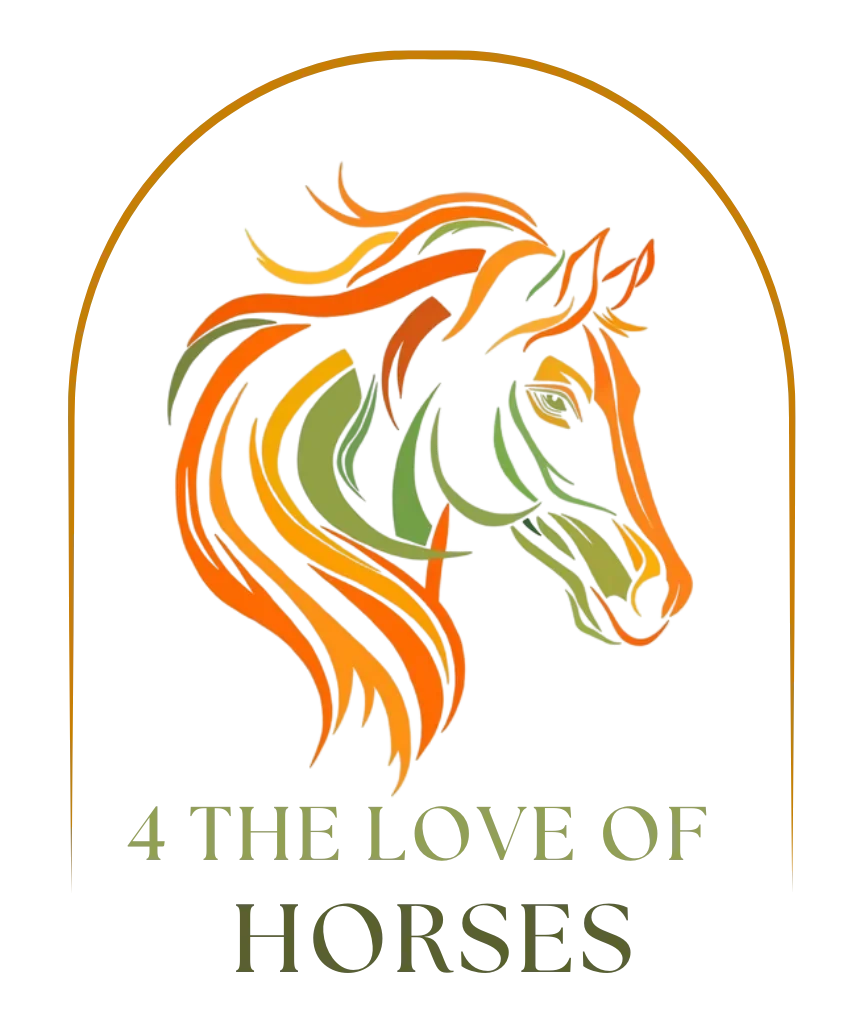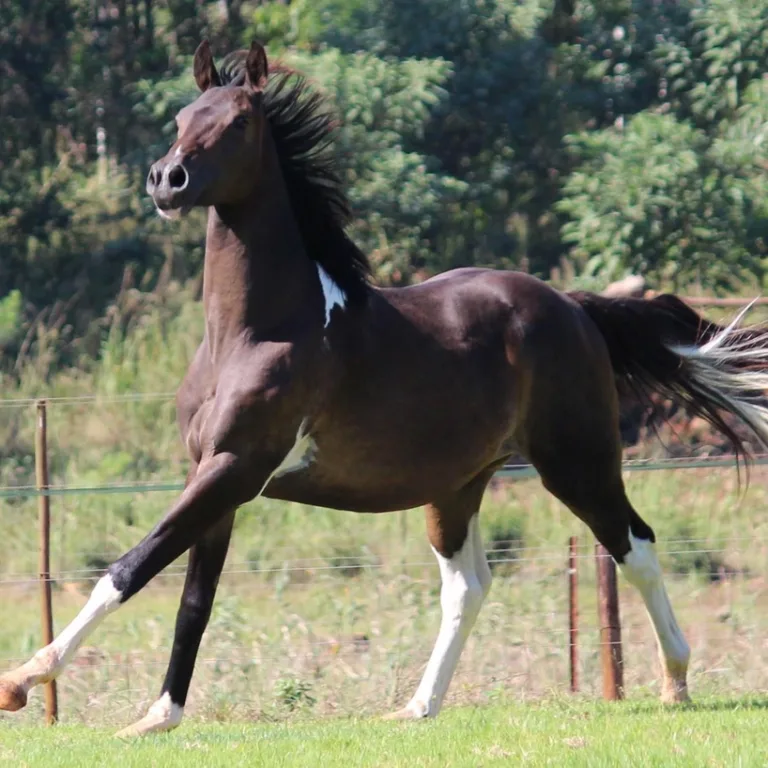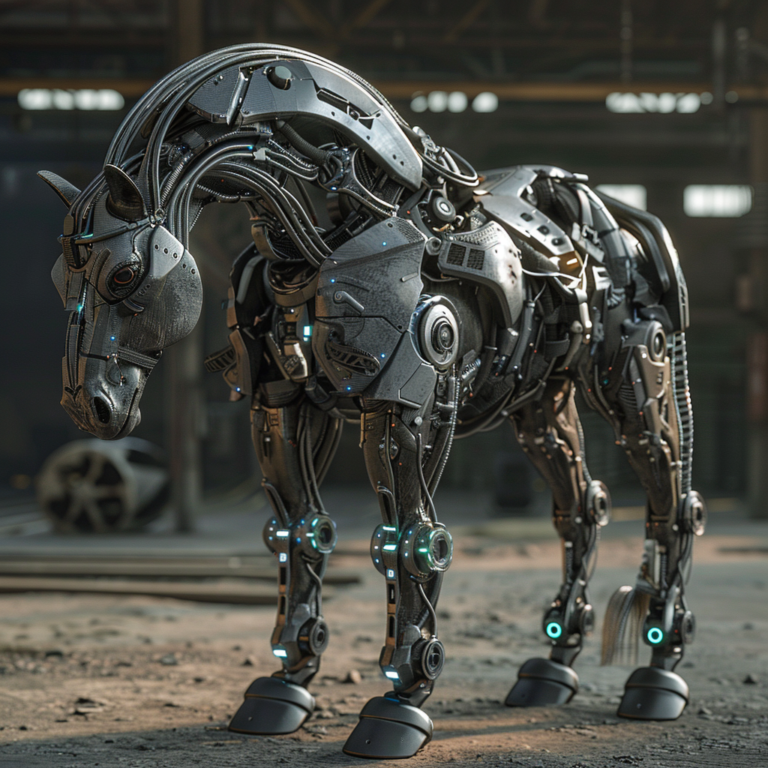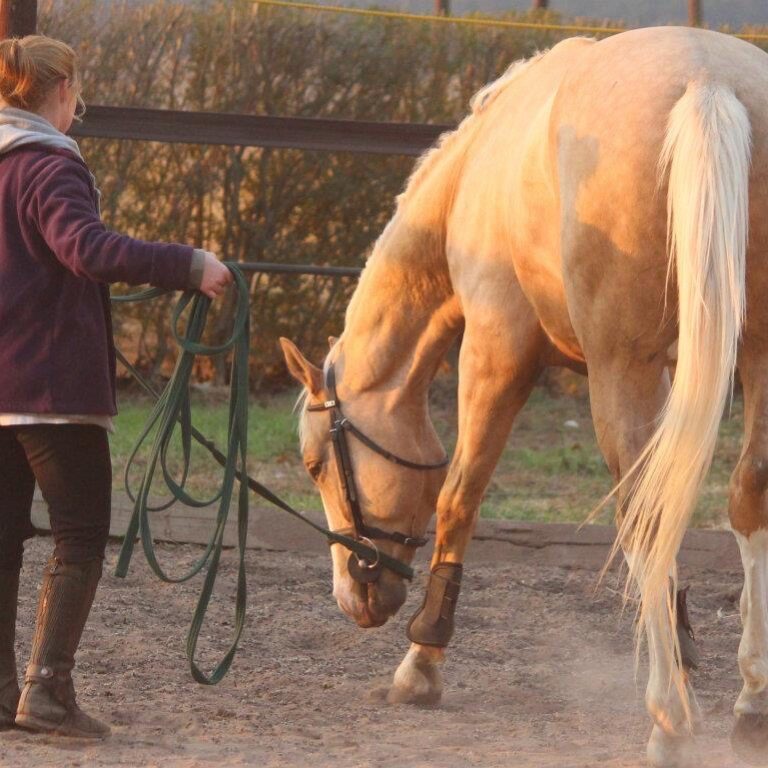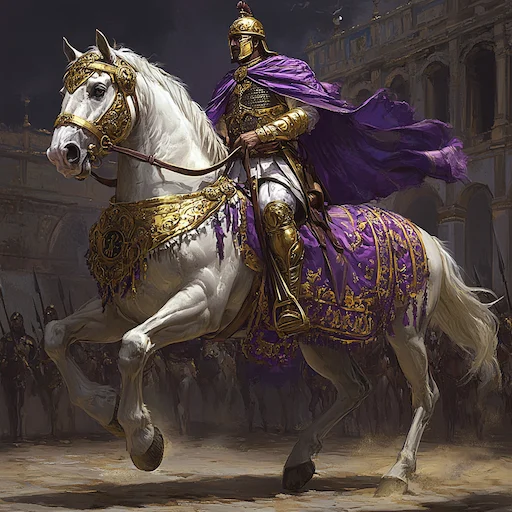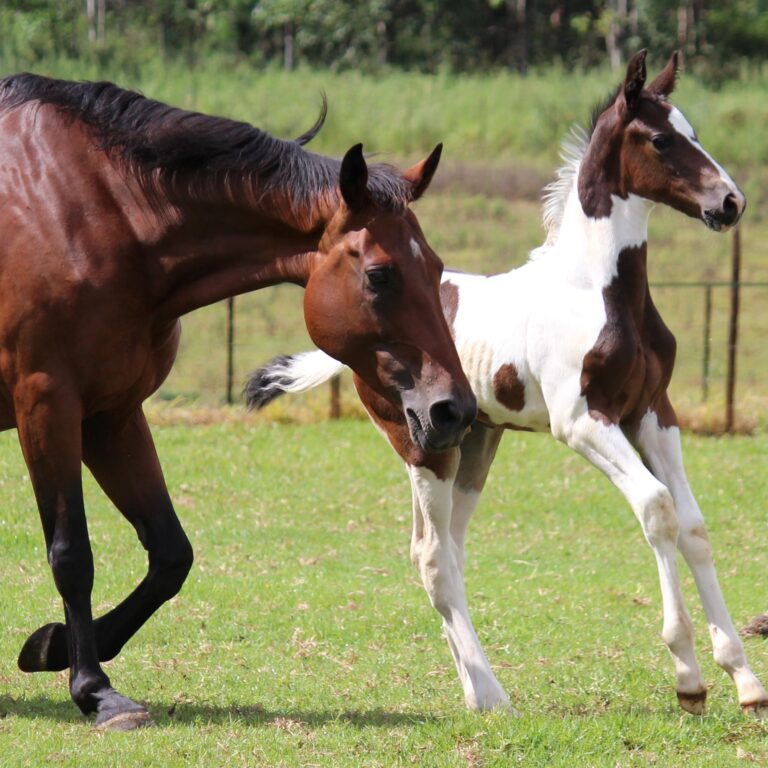From Ground to Grand Prix: Understanding Showjumping Basics
Picture this: A horse and rider soaring over colorful poles, moving in perfect harmony, making split-second decisions at speed. This is showjumping – a sport that has captivated audiences since its debut at the 1900 Olympics and continues to thrill spectators and riders alike.
Showjumping grew from practical roots in military training, where cavalry officers needed their horses to clear natural obstacles quickly and efficiently. Today, it has evolved into a sophisticated sport that tests the partnership between horse and rider, combining athletic ability, precision, and courage.
What makes showjumping truly special is its unique blend of skills. Unlike other equestrian sports, it demands lightning-fast reflexes, careful planning, and the ability to adapt when things don’t go as planned. Every course is different, presenting new challenges that keep both novice and experienced riders on their toes.
Whether you’re dreaming of competing at your first local show or aspiring to reach the heights of international competition, the fundamentals remain the same. This guide will walk you through everything you need to know to start your showjumping journey – from choosing the right equipment to understanding course design and mastering basic techniques.
Every Olympic champion started exactly where you are now – learning the basics. Let’s begin this exciting journey together, building the foundation that could take you from your first cross-pole to the grand prix arena.
Two of my all-time favorite show jumpers at the World equestrian games
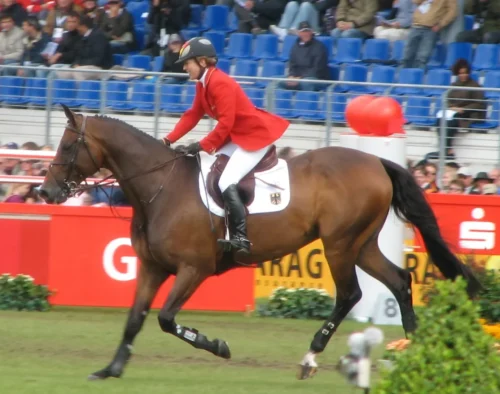
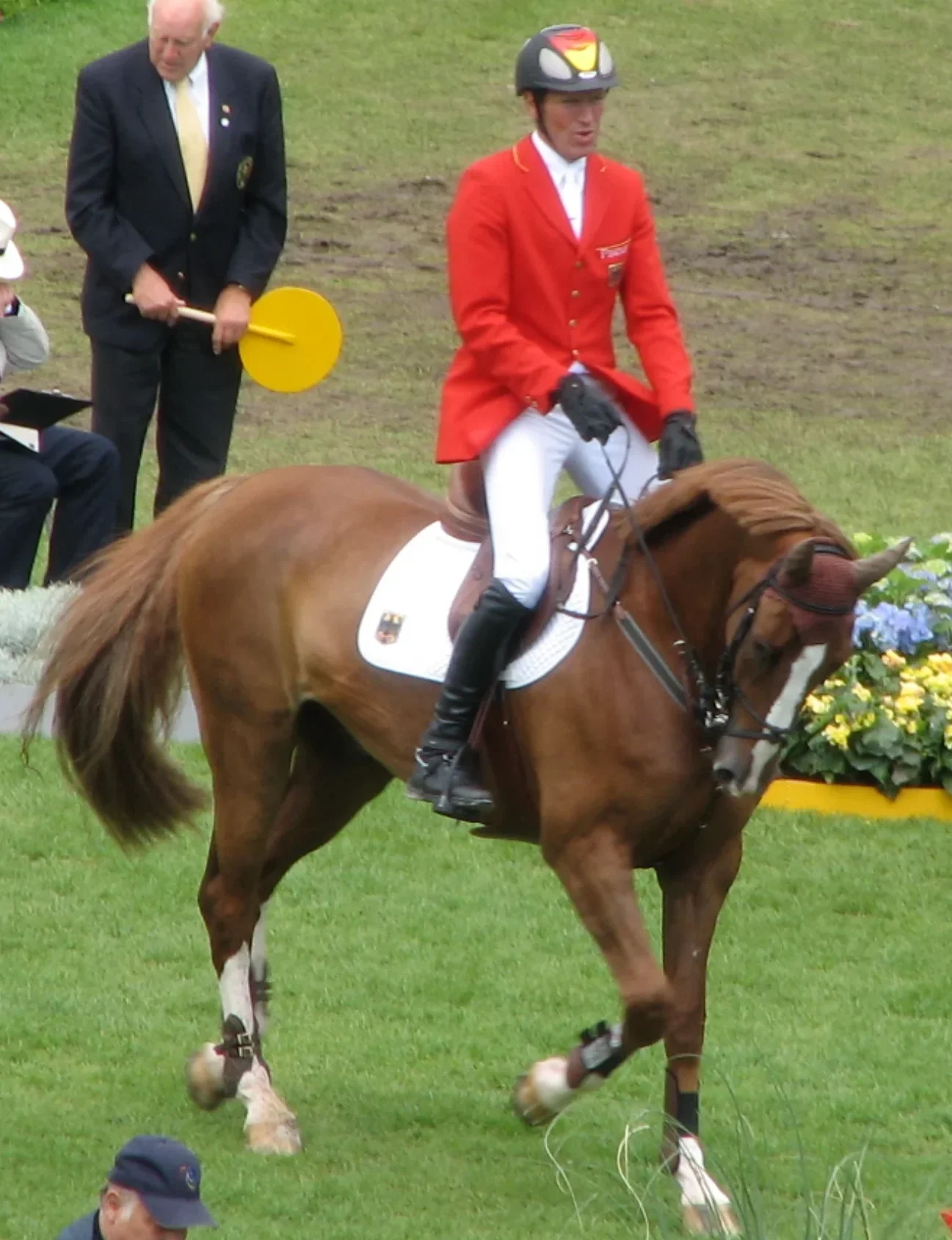
Essential Equipment
Success in showjumping starts with having the right equipment – for both horse and rider. Let’s break down the essential gear you’ll need to get started safely and effectively.
Your Horse Partner
A good showjumping horse needs specific qualities to excel in the sport. While many breeds can jump successfully, look for these key characteristics:
- Athletic build with strong hindquarters
- Good temperament and trainability
- Natural balance and coordination
- Sound conformation, particularly in the legs and feet
- Scope and willingness to jump
Rider’s Gear
Safety always comes first in this dynamic sport. Here’s what you’ll need:
- An approved riding helmet that meets current safety standards
- Close-fitting pants or breeches for freedom of movement
- Proper riding boots with a heel
- A body protector (highly recommended, especially for training)
- Gloves for better grip and hand protection
Essential Tack
Your horse needs well-fitted, appropriate equipment:
- A jumping saddle that allows freedom of movement
- Supportive girth and breastplate
- Protective boots or bandages for your horse’s legs
- A suitable bit that matches your horse’s experience and sensitivity
- Quality reins with good grip
A note on fit: All equipment must be properly fitted and regularly checked. Even the best gear won’t help if it doesn’t fit correctly or is in poor condition. Having a qualified professional help with initial fitting can make a huge difference in both safety and performance.
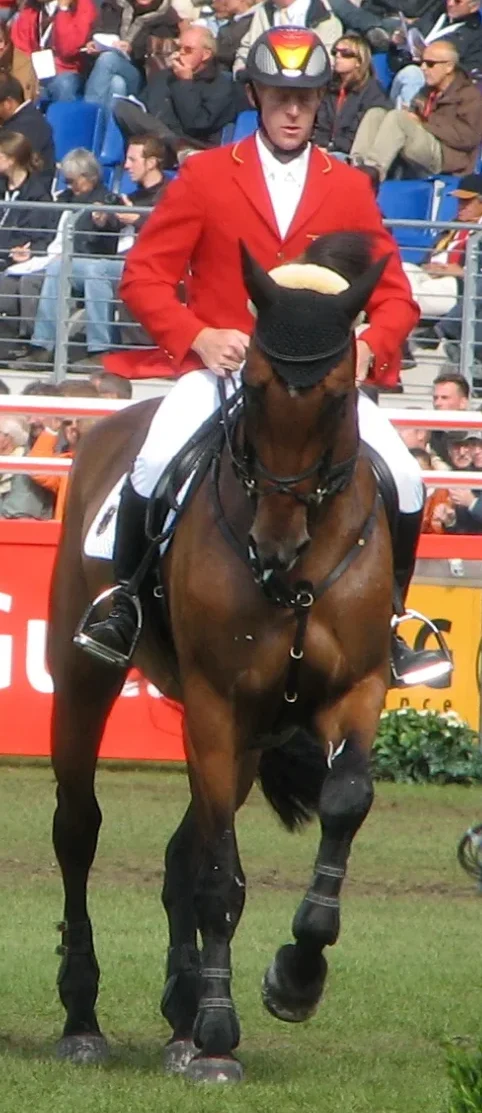
Understanding the Course
Getting to know your way around a showjumping course is like learning to read a map – once you know the basics, everything starts to make sense.
Types of Jumps
You’ll encounter several different obstacles in the arena:
- Verticals: Straight-up poles that test precision and timing
- Oxers: Wider jumps with poles at both front and back, requiring more power
- Triple Bars: Three ascending poles that help develop scope
- Combinations: A series of jumps taken in quick succession
- Water Jumps: Often appearing in higher-level competitions
- Fillers: Decorative elements under the poles that add visual challenge
Course Design
A typical course includes 8-12 jumps arranged in a specific pattern. Each jump is numbered, showing you the order to jump them. Some key elements you’ll see:
- Related distances between jumps
- Turning lines that test control and balance
- Straight lines to assess rhythm and pace
- Start and finish markers
- Time allowed markers
Walking the Course
Before you ride, you’ll walk the course on foot. Here’s how to make the most of your course walk:
- Count your strides between jumps
- Plan your turns and approaches
- Look for potential challenges
- Identify your landmarks
- Visualize your ideal ride
Height Divisions
Competitions offer different height classes to suit all levels:
- Cross-poles and 18″ for beginners
- 2’0″ – 2’6″ for novice riders (80 – 90 cm)
- 2’9″ – 3’3″ for intermediate levels (1m – 1.1m)
- 3’6″ and above for advanced competitors (1,20m-1.60m)
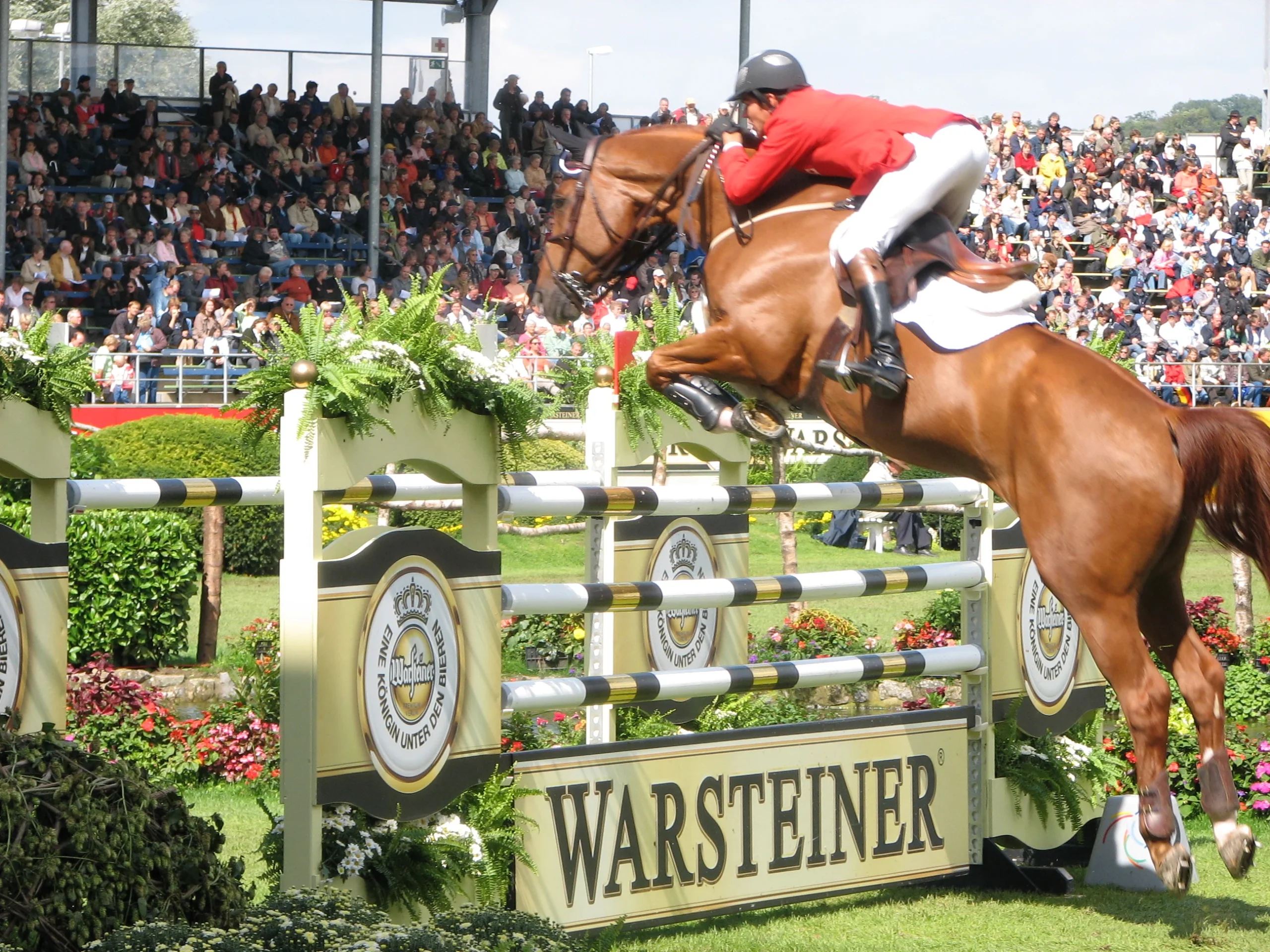
Basic Techniques
Getting your technique right is like building a house – you need solid foundations for everything else to work. Let’s explore the key elements that make up great showjumping.
Position and Balance
Your position in the saddle is crucial for helping your horse jump effectively:
- Keep your upper body tall but relaxed on approach
- Maintain a light seat that allows your horse to move freely
- Position your leg near the girth for stability and clear communication
- Stay centered and balanced, moving with your horse’s motion
The Approach
A good approach sets you up for success:
- Establish a consistent rhythm well before the jump
- Look ahead to your jump, not down at it
- Keep your horse straight and balanced
- Maintain an active pace that gives your horse confidence
Timing Your Release
As your horse jumps, you’ll need to allow their head and neck freedom:
- Start with a long release, keeping your hands steady on the horse’s neck
- Graduate to a short release as you progress, following the motion
- Your release should match your horse’s jumping style
- Stay soft with your hands while maintaining contact
Landing and Recovery
What happens after the jump is just as important as the takeoff:
- Look up and ahead to your next fence
- Allow your horse to land naturally without restricting their motion
- Reorganize quickly, especially if you’re heading to another jump
- Stay balanced and centered in your saddle
Common Challenges
Here are some typical issues you might face and how to address them:
- Rushing: Focus on rhythm and breathing to stay calm
- Getting left behind: Work on your timing and following motion
- Losing track of strides: Practice counting out loud while riding
- Missing distances: Develop your eye through gridwork training
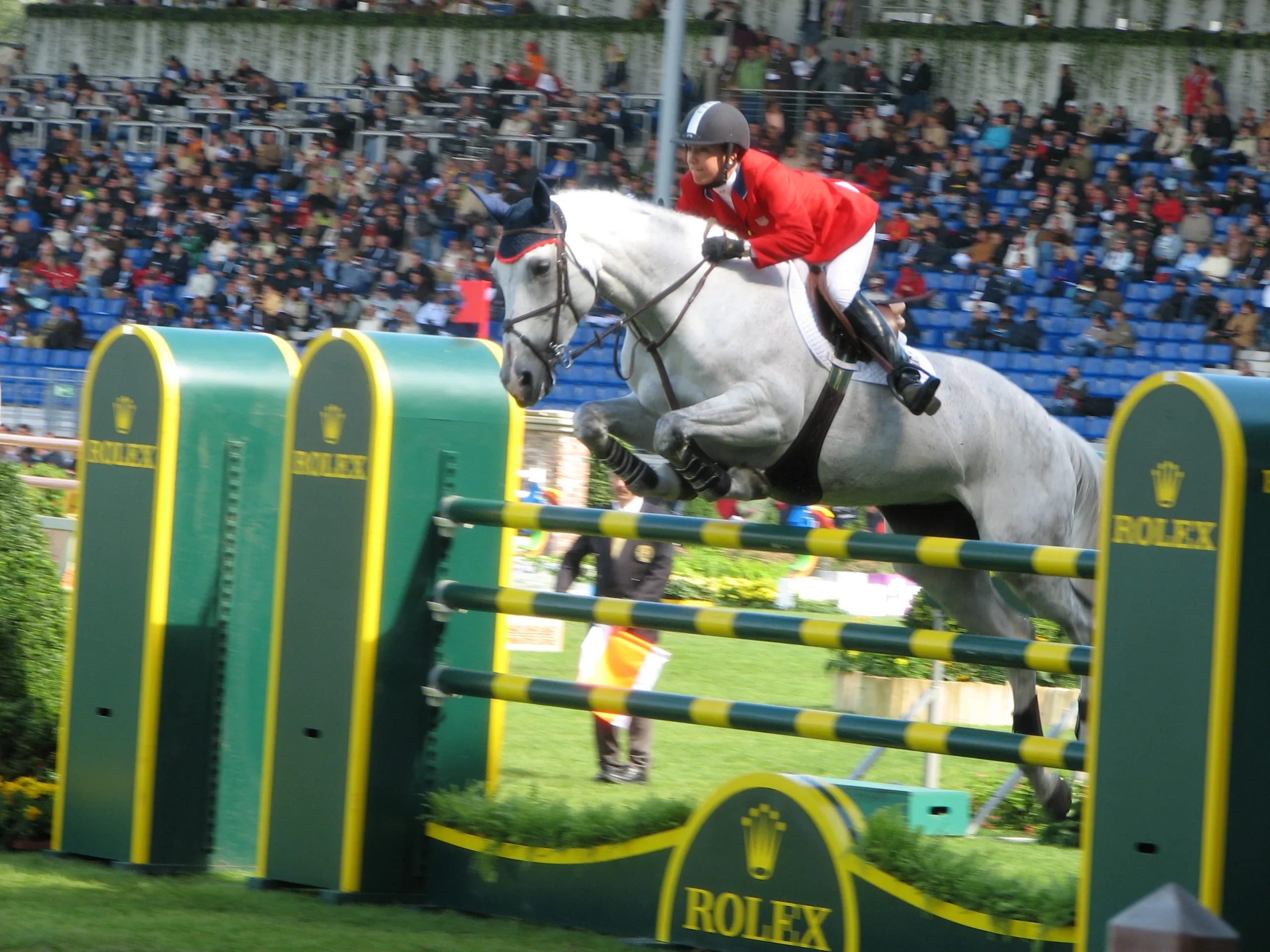
Competition Basics
So you’re ready to test your skills in the show ring! Here’s what you need to know about competing in showjumping events.
Types of Competitions
Showjumping offers various competition formats:
- Clear Round: Perfect for beginners, just focus on jumping clear
- Table A: Speed counts, with penalties for knocked poles and refusals
- Jump-off: Clean rounds compete again over a shortened course
- Accumulator: Points build up as you progress through increasingly difficult jumps
- Power and Speed: Combines accuracy in the first half with speed in the second
Understanding Scoring
The scoring system is straightforward once you know the basics:
- Knocked pole: 4 penalties
- First refusal: 4 penalties
- Second refusal: Elimination in most competitions
- Fall of horse or rider: Elimination
- Time penalties: 1 fault per second over the time allowed
Show Day Preparation
A successful show day starts well before you enter the ring:
- Arrive early to give your horse time to settle
- Walk your course multiple times
- Warm up systematically, including a few practice jumps
- Know your start time and any specific class rules
- Have all your paperwork and memberships ready
Moving Through the Levels
Progress at your own pace through competition levels:
- Start at a height where you and your horse feel confident
- Move up only when you’re consistently clear at your current level
- Consider taking lessons from a qualified instructor
- Use schooling shows to gain experience
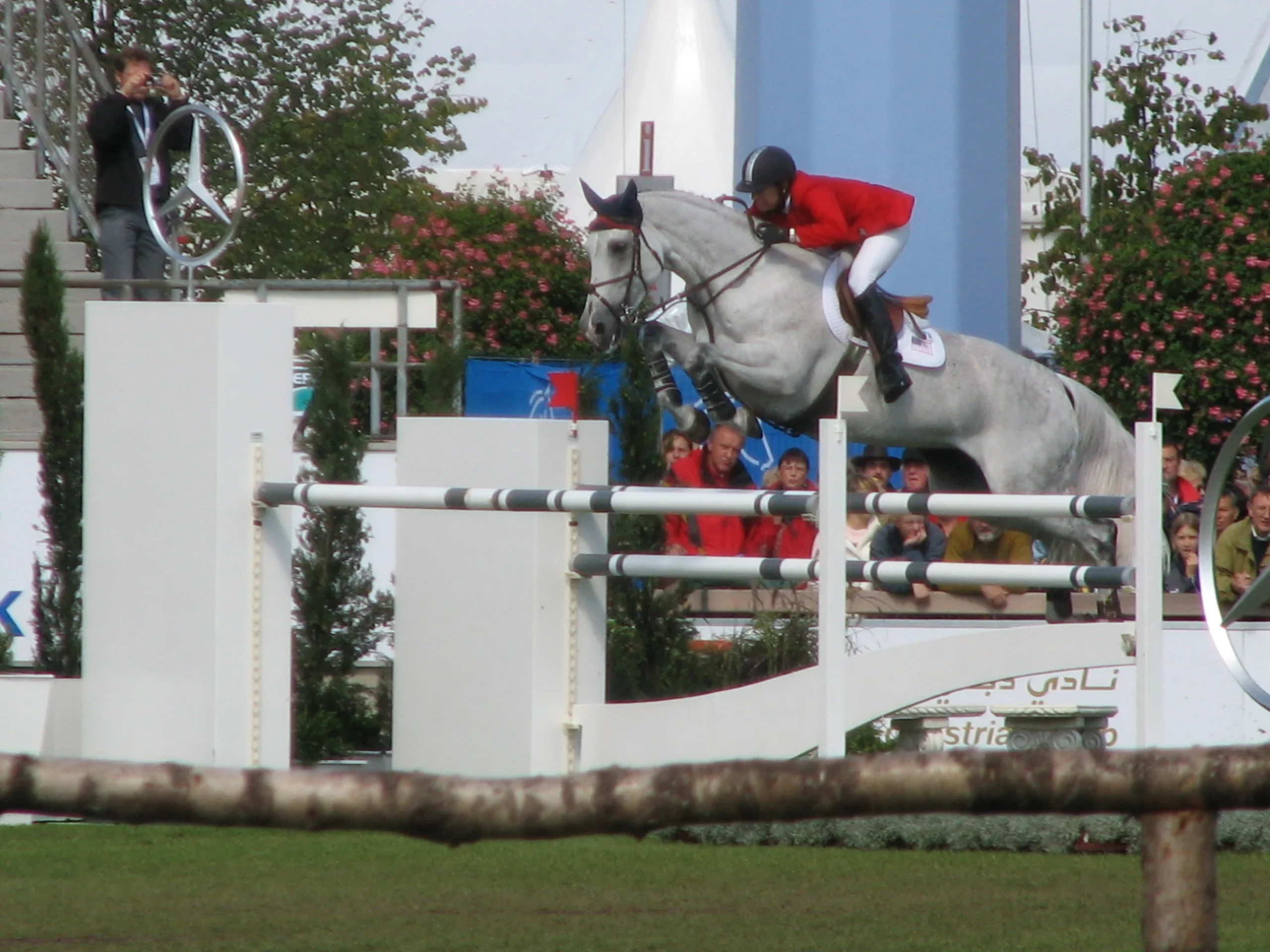
Training Foundation
Great training is all about building strong basics that set you up for success in the ring. Let’s explore the key elements that create confident, capable jumping partnerships.
Flatwork First
Strong flatwork creates the foundation for successful jumping:
- Practice transitions to develop balance and self-carriage
- Master circles and straight lines at all paces
- Work on lateral movements to improve flexibility
- Build stamina through varied schooling sessions
Gymnastic Exercises
These exercises help both horse and rider develop:
- Trot poles to establish rhythm and improve coordination
- Grid work to perfect takeoff spots and landing balance
- Bounce exercises to strengthen muscles and quick reactions
- Related distances to develop stride control
Building Confidence
Progress needs to happen at the right pace for both you and your horse:
- Start with small fences where you both feel comfortable
- Gradually increase height as your technique improves
- Mix challenging exercises with confidence-building ones
- Celebrate small wins and improvements
Creating a Training Plan
Structure your training to get the best results:
- Include regular flatwork sessions between jumping days
- Allow recovery time after intensive jumping workouts
- Set realistic goals for each training session
- Keep a training diary to track progress
- Vary your exercises to keep both horse and rider engaged
This foundation work might seem basic, but it’s the secret ingredient that turns good partnerships into great ones. Every stride of flatwork and every small fence builds toward your bigger jumping goals.
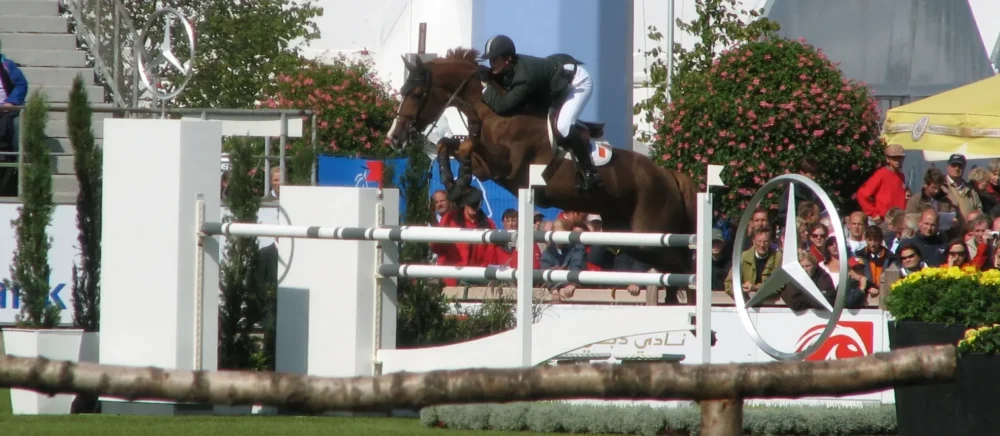
Conclusion
Diving into showjumping opens up an exciting world of challenges, achievements, and incredible partnerships with horses. The journey from your first cross-pole to more advanced courses is incredibly rewarding when you take it one step at a time.
The Key Takeaways
Your success in showjumping comes down to a few essential elements:
- Strong basics in both flatwork and jumping technique
- The right equipment that fits well and keeps you safe
- Clear understanding of course design and competition rules
- Consistent training that builds confidence and skill
- Patience to progress at the right pace for you and your horse
Next Steps
Ready to start your showjumping journey? Here’s how to begin:
- Find a qualified instructor who specializes in jumping
- Join a local riding club to access training and competitions
- Start collecting the essential equipment you’ll need
- Watch experienced riders at shows to learn from their technique
- Set realistic goals for your first year of training
The beauty of showjumping lies in its endless opportunities for growth. Each course offers new challenges, and there’s always another level to aim for when you’re ready. With solid foundations and steady progression, you’ll be amazed at what you can achieve.
Most importantly, enjoy the journey. Those moments of perfect harmony with your horse, when everything clicks into place and you sail over a jump together – that’s what makes this sport truly special.
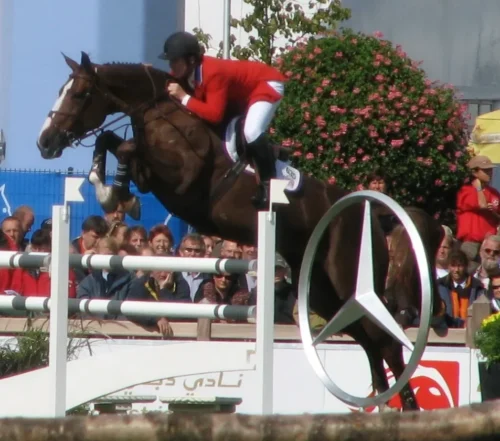
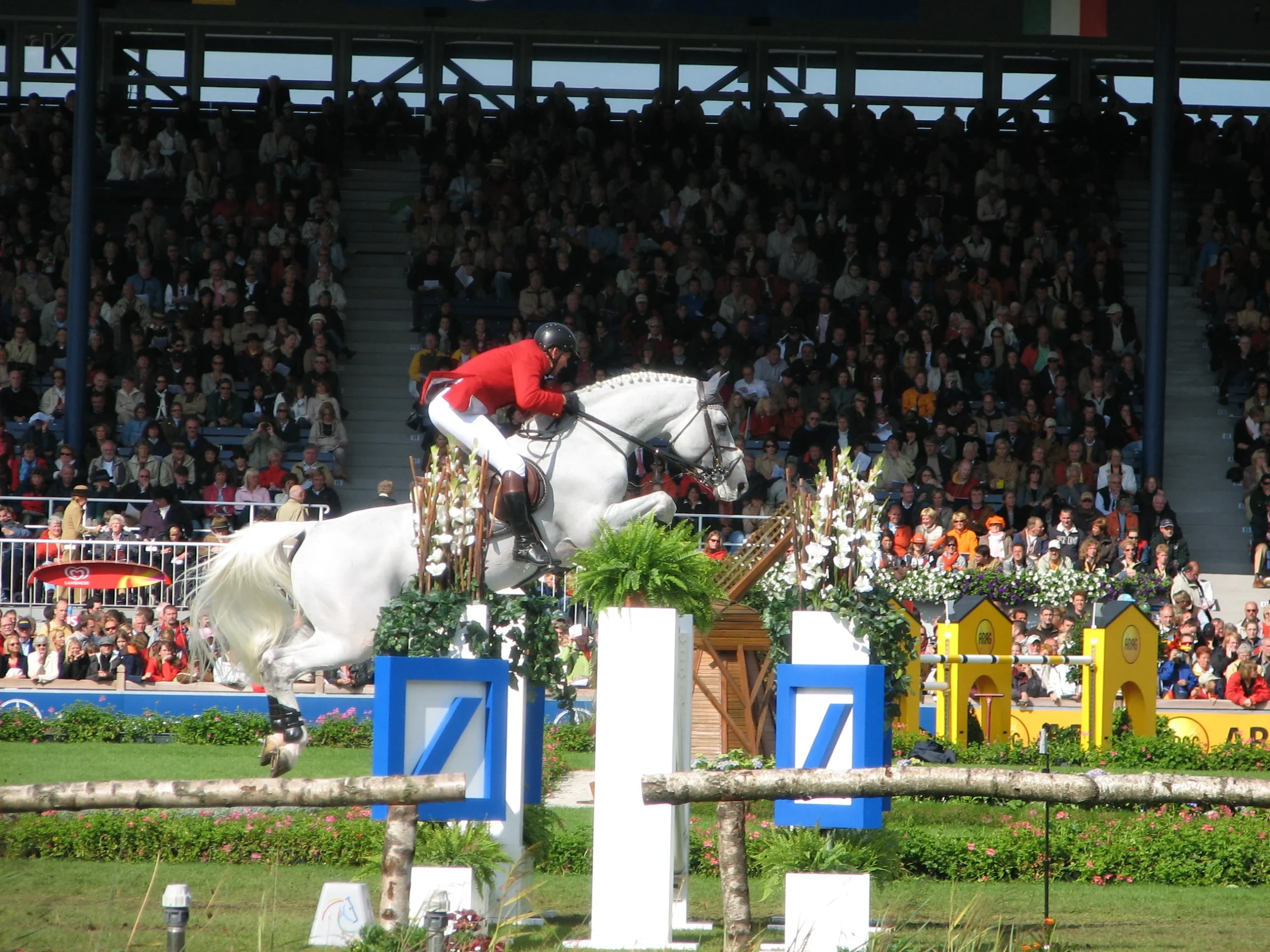
Further Resources
Here are some valuable resources to help you continue learning and developing your showjumping skills:
Books Worth Reading
- “The Complete Guide to Showjumping” by Anna-Jane White-Mullin
- “Training Showjumpers” by Anthony Paalman
- “The Manual of Horsemanship” by The British Horse Society
- “Build a Better Horse” by Leslie Webb
Online Learning
- British Showjumping’s online training portal (www.britishshowjumping.co.uk)
- United States Equestrian Federation educational resources (www.usef.org)
- FEI Campus – free online courses about equestrian sports (campus.fei.org)
Social Media Channels
- Follow top riders on Instagram for training tips and competition insights
- Join Facebook groups dedicated to showjumping discussions
- Watch competition replays on YouTube to study different riding styles
Find Support
- Local riding clubs in your area
- British Showjumping approved training centers
- Registered instructors and coaches
- Regional showjumping competitions and clinics
Safety and Equipment Standards
- Up-to-date safety equipment requirements (www.beta-uk.org)
- Tack fitting guides and recommendations
- Competition rule books and regulations
Supporting Organizations
- Your national equestrian federation
- Regional showjumping associations
- Local riding clubs and training facilities
- Pony Club branches (great for young riders)
I’d also recommend subscribing to equestrian magazines like Horse & Hound or Practical Horseman for regular updates and training articles.
